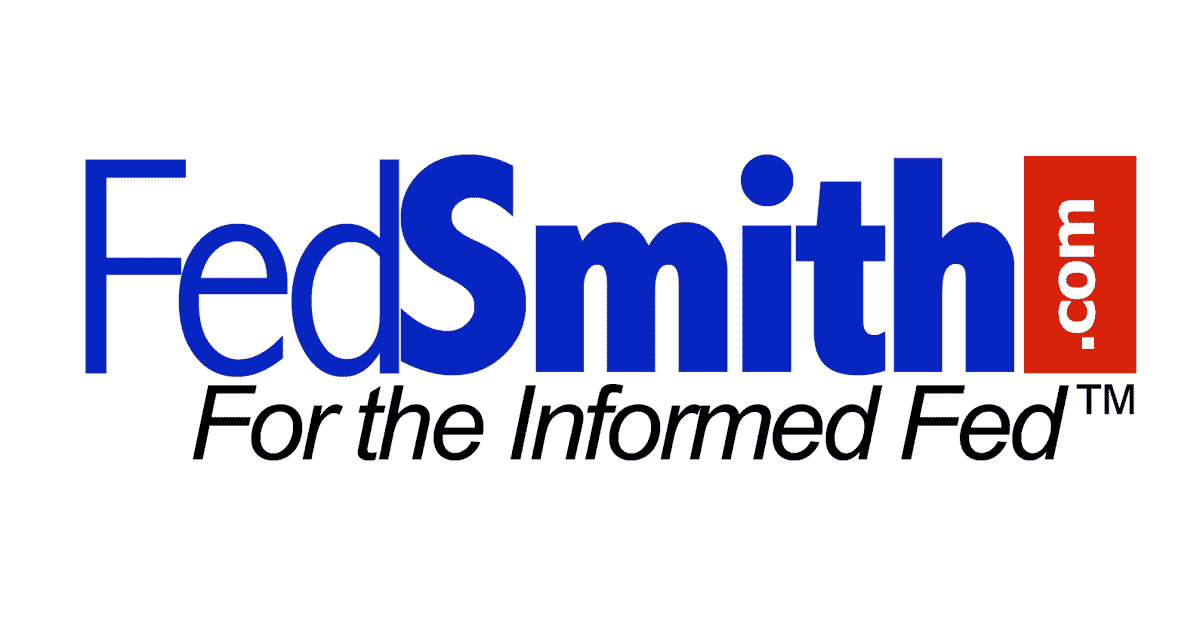As a retirement planner who works closely with federal employees, I often find that one of the most underestimated elements of retirement planning is taxes. We spend years—decades, even—focusing on building savings, understanding pensions, and figuring out when to claim Social Security. But when it comes to understanding how all this income is taxed in retirement, many people find themselves unprepared.
With the year close to half over, it’s a great time to revisit your retirement plan with a focus on tax implications. Whether you’re still working, nearing retirement, or already retired, understanding how taxes will impact your pension, Social Security, TSP withdrawals, and healthcare premiums is critical to creating a sustainable and informed financial future.
Your Federal Pension: Yes, It’s Taxable
Your contributions to the Federal Employee Retirement System (FERS) as well as your agency’s contributions are not taxed while contributing. Once you start collecting your pension, that amount is fully taxable at the federal level at your income tax rate.
Depending on where you live, your state may also tax your pension. Some states are more retiree-friendly than others, offering exemptions or reduced taxation on federal pensions. Others may not tax income at all but might make up for it with higher property or sales taxes.
If you’re considering relocating in retirement or simply want to understand how your current state treats retirement income, I recommend consulting the Kiplinger State Tax Guide. It’s a helpful, unbiased resource that outlines how each state handles income, property, and sales taxes for retirees.
Social Security: Partially Taxed, Based on Income
Unlike your pension, Social Security is taxed more selectively. How much of it is taxable depends on your filing status and combined income (which includes your adjusted gross income, nontaxable interest, and half of your Social Security benefits).
Depending on where you fall, either 0%, 50%, or up to 85% of your Social Security benefit could be subject to federal taxation. It’s important to note this doesn’t mean you’re paying 85% in taxes—it means that 85% of your benefit is included in your taxable income.
Most states do not tax Social Security benefits, though a few still do. Again, Kiplinger’s guide can help you determine whether your state is one of them.
The TSP and Other Retirement Accounts
Withdrawals from traditional retirement accounts—like your Thrift Savings Plan (TSP), traditional IRAs, or old 401(k)s—are fully taxable as ordinary income. And these withdrawals can have a domino effect on your overall tax situation.
For example, taking a large withdrawal from your TSP could push you into a higher tax bracket or cause more of your Social Security to become taxable. This is why it’s important to coordinate withdrawals from different income sources strategically.
If you are considering pulling a substantial lump-sum amount from your TSP, it’s worth pausing to evaluate the full tax impact. Could that withdrawal be split over two tax years? Or would a smaller distribution meet your needs while keeping your overall income in a lower bracket?
Roth Accounts and Roth Conversions
One strategy that can help minimize your long-term tax burden is contributing to a Roth TSP or Roth IRA—or converting traditional funds into a Roth account. Roth accounts offer tax-free withdrawals in retirement (provided certain conditions are met), and they aren’t subject to required minimum distributions (RMDs).
If you’re five or more years away from retirement and expect to live in a high-tax state—or just want more control over your tax liability in retirement—starting or contributing more to a Roth account may be worth exploring.
However, you can’t convert funds from traditional to Roth inside the TSP as of now, although this looks to be changing next year. You would need to transfer the funds to an outside Roth IRA, which may start the five-year clock again for tax-free access. As always, it’s best to speak with a professional before proceeding with a Roth conversion.
Required Minimum Distributions (RMDs)
Starting at age 73 (and eventually moving to 75), the IRS requires you to begin taking RMDs from your traditional retirement accounts. This is their way of ensuring they eventually collect taxes on tax-deferred savings.
The amount you must withdraw is based on your account balance and life expectancy, and it can result in a significant increase in taxable income—especially if your TSP has grown substantially over time.
Many people are surprised at the size of their required withdrawals and the subsequent tax burden. In some cases, early withdrawals or Roth conversions before reaching RMD age can reduce this impact.
Don’t Forget About IRMAA
Another tax-related consideration that often flies under the radar is the Income-Related Monthly Adjustment Amount, or IRMAA. If your income exceeds certain thresholds, your Medicare Part B premiums can increase significantly—sometimes by hundreds of dollars per month.
What counts as income for IRMAA purposes includes your pension, taxable Social Security, and withdrawals from traditional retirement accounts. Even a one-time event, like a large TSP withdrawal to pay off a mortgage, can raise your premiums two years later.
While there are ways to appeal IRMAA charges—such as documenting a life-changing event like retirement or the sale of a business—it’s better to plan ahead to avoid triggering higher premiums in the first place.
Putting It All Together: Tax Planning in Retirement
Tax planning in retirement is not about finding shortcuts or dodging obligations—it’s about understanding the rules and making informed decisions that work for your unique situation. Whether it’s the decision of when to claim Social Security, how much to withdraw from the TSP, or where to live, the tax impact should be part of the equation.
You don’t need to be a tax expert yourself, but working with a qualified tax professional and a financial advisor who understands federal benefits can make a significant difference. And even if you’re years away from retirement, the steps you take now—like contributing to a Roth or choosing where to retire—can have a powerful impact on your financial future.
There’s no one-size-fits-all answer. Some retirees happily accept a higher tax burden in exchange for living near grandchildren. Others seek out tax-friendly states to stretch their retirement dollars further. The key is to make informed choices, not accidental ones.
If you’re not sure where to begin, start with a review of your current income sources and projected expenses. Factor in taxes at both the federal and state levels. Evaluate the pros and cons of Roth conversions. And if you’re still working, take advantage of the options you have now to create flexibility later.
Planning ahead can’t eliminate taxes, but it can help you manage them—and keep more of what you’ve worked so hard to earn.
FedSmart Retirement does not offer legal or tax advice. Please consult the appropriate professional regarding your individual circumstance. Not associated with or endorsed by the Social Security Administration, Medicare or any other government agency.
Converting an employer plan account or Traditional IRA to a Roth IRA is a taxable event. Increased taxable income from the Roth IRA conversion may have several consequences including but not limited to, a need for additional tax withholding or estimated tax payments, the loss of certain tax deductions and credits, and higher taxes on Social Security benefits and higher Medicare premiums. Be sure to consult with a qualified tax advisor before making any decisions regarding your IRA.




